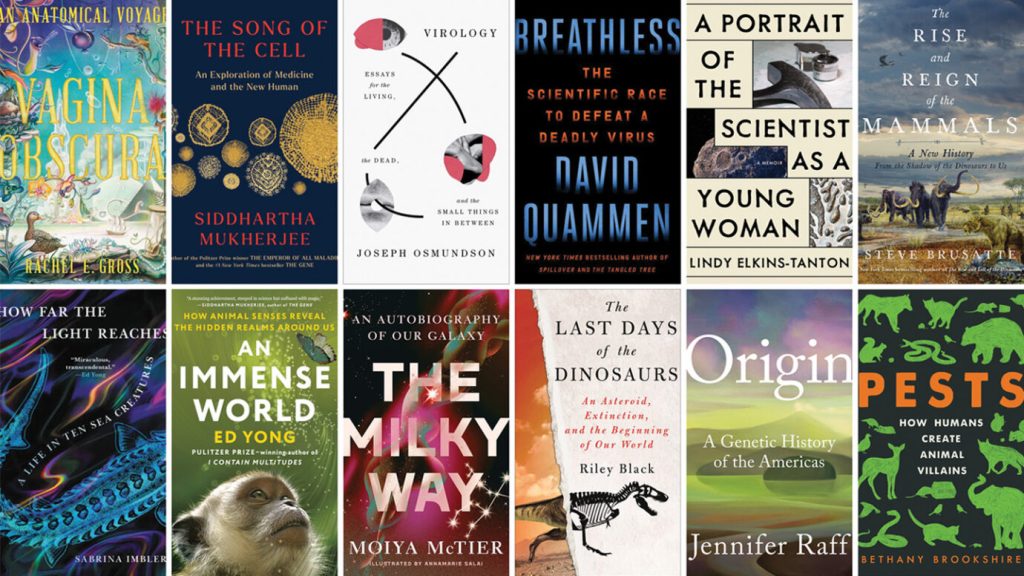Armored dinos may have used their tail clubs to bludgeon each other

Tanklike armored dinosaurs probably pummeled each other — not just predators — with huge, bony knobs attached to the ends of their tails. Thanks to new fossil findings, researchers are getting a clearer understanding of how these rugged plant eaters may have used their wicked weaponry.
Many dinosaurs known as ankylosaurids sported a heavy, potentially microwave-sized tail club. This natural sledgehammer has long been considered by both scientists and artists as a defensive weapon against predators, says Victoria Arbour, a paleontologist at the Royal British Columbia Museum in Victoria, Canada.
Fossil evidence for tail clubs’ targets was largely lacking, until Arbour and her colleagues chipped more rock away from the same skeleton they used to describe a new armored dinosaur, Zuul crurivastator, in 2017 (SN: 6/12/17).
The dinosaur had five broken spikes on its sides. The team’s statistical analyses showed the damaged spikes clustered in specific regions of the body. If a large carnivorous dinosaur made these injuries, says Arbour, they’d likely be more randomly distributed and include bite and scratch marks.
Instead, the injuries are more consistent with clubbing, the researchers report December 7 in Biology Letters.
Armored dinosaurs’ tail clubs start out either absent or too tiny to mount a major defense, and they get proportionally larger with age. Similar growth patterns occur in some modern animal weaponry like antlers. It’s possible that tanklike dinosaurs sparred with each other for mates, food or territory much like male deer and giraffes do today.
And that tail could also be useful in a pinch. “Having a tail club you can swing around at the ankles of a two-legged predator is a pretty effective weapon,” says Arbour.
“Ankylosaurs are often portrayed as stupid, loner dinosaurs,” she adds. The findings “show that they probably had much more complex behaviors than we give them credit for.”

